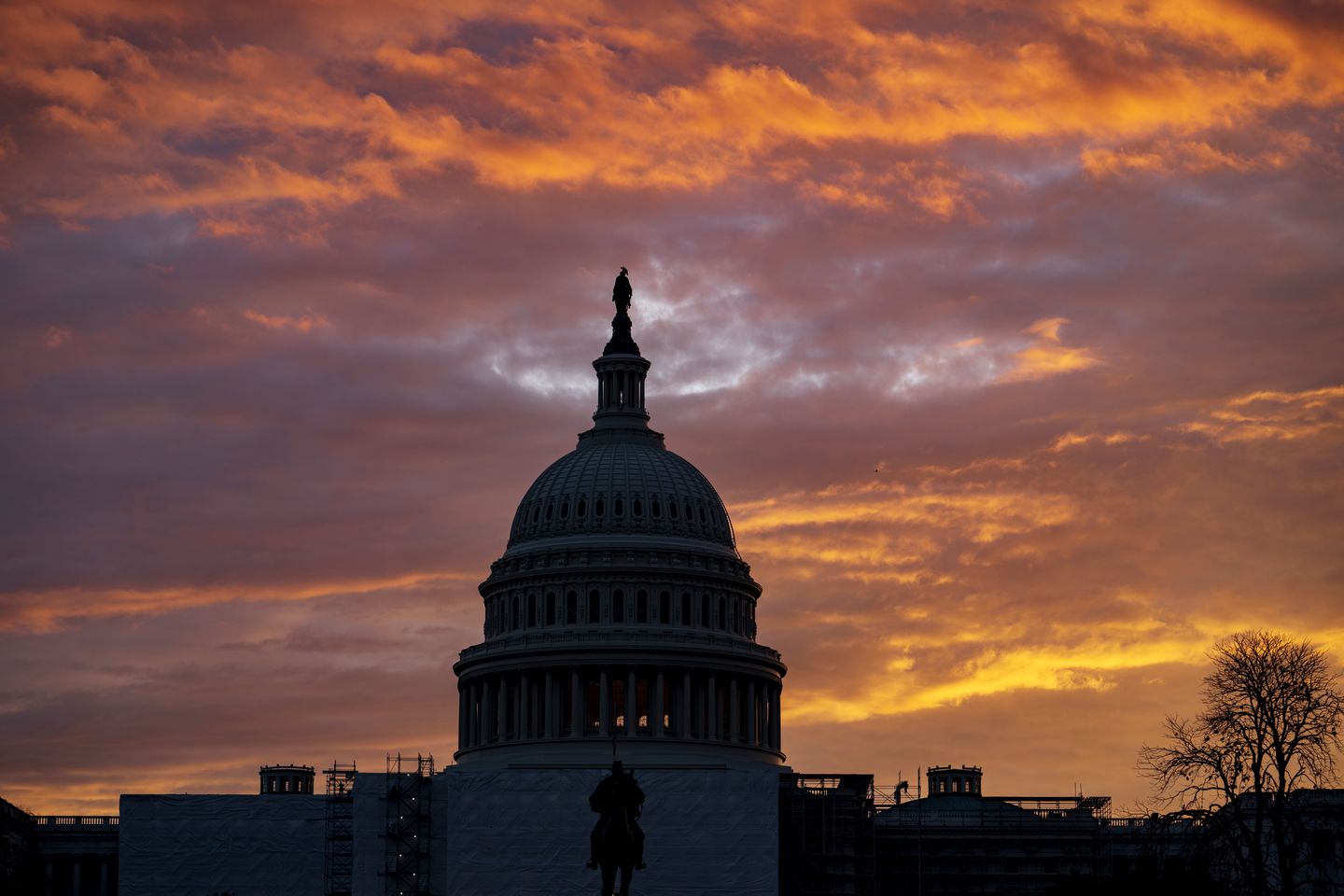
The Senate passed the $1.2 trillion spending package in the early morning hours of Saturday, capping off a six-month delay to fund the government.
Both the House and Senate begrudgingly OK’d the colossal bill, again warding off a partial shutdown and funding the Pentagon, Department of Homeland Security, Foreign Operations, the IRS, Congress and Labor. Those agencies account for two-thirds of government funding.
Democrats and Republicans claimed victories in the compromise bill.
“We have funded the government with significant investments for parents and kids and small businesses and health care workers and military families and so much more,” Senate Majority Leader Charles E. Schumer, New York Democrat, said. “Our efforts have paid off with a strong funding bill that now goes to President Biden’s desk.”
Democrats celebrated 12,000 additional visas for Afghans who helped the U.S. war effort and $1 billion more for Head Start programs across the country, among other additions.
Republicans lauded the legislation for maintaining a general ban on government funding for most abortions, clawing back billions of dollars from the IRS, blocking the Consumer Product Safety Commission from banning gas stoves and paying for thousands more Immigration and Customs Enforcement beds.
House Speaker Mike Johnson heralded the bill as a way to ween Congress off the cycle of relying on massive, catch-all spending bills known as omnibuses, despite many Republicans contending that the latest two spending packages are no different from the status quo.
“During the [fiscal 2024] appropriations process, House Republicans achieved conservative policy wins, rejected extreme Democrat proposals and imposed substantial cuts while significantly strengthening national defense,” Mr. Johnson said. “The process was also an important step in breaking the omnibus muscle memory and represents the best achievable outcome in a divided government.”
Now, lawmakers have left Washington for two weeks and will return in April to face issues that were put on the back burner during the protracted spending cycle.
The road ahead is particularly treacherous for Mr. Johnson, Louisiana Republican. The House GOP is incredibly divided and struggling to maintain its grip on the majority as more Republicans exit from Congress early.
Wisconsin Rep. Mike Gallagher’s decision to leave Congress early on April 19, coupled with Colorado Rep. Ken Buck’s exit Friday, means that Mr. Johnson will soon have a one-vote majority to move crucial legislation.
Lawmakers have pressured the speaker for months to consider Ukraine aid, which he said would happen once the spending fight ended. Congress must also consider how to handle reforms in the Foreign Intelligence Surveillance Act’s Section 702, which grants the government key spying powers and is set to expire in April.
Then, there’s work on the fiscal 2025 spending cycle, which was delayed. Some conservatives fear the next process will yield the same outcomes and do little to hack away at the government’s colossal debt.
Moving along with spending work could be hampered by House Appropriations Committee Chairwoman Kay Granger, Texas Republican, who on Friday said she would step down from the position. Rep. Tom Cole, Oklahoma Republican, has emerged as a likely replacement.
Also on the horizon is Rep. Marjorie Taylor Greene’s threat to oust Mr. Johnson for passing the colossal spending package. She has yet to trigger the motion to vacate, which was the same procedure used to ax former House Speaker Kevin McCarthy, but said it should be considered a warning.
Her anger and continued dysfunction in the House GOP signal that fractures in the House have grown wider than before and will make passing legislation difficult for the speaker without aid from Democrats.












